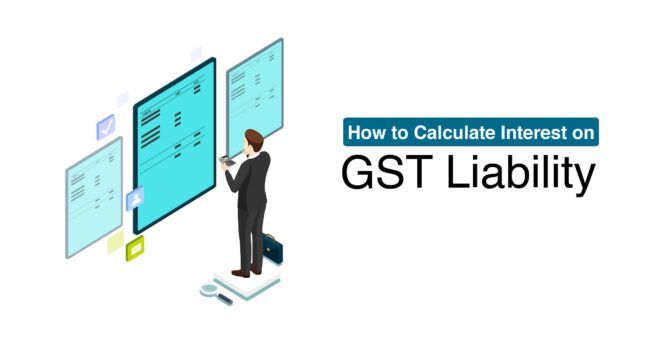 GST Liability for Showroom
GST Liability for Showroom

Calculating and reporting Goods and Services Tax (GST) in the Income Tax Return (ITR) for a showroom business involves several steps.
Here’s a overview of the process:
GST Registration: Ensure that your showroom business is properly registered under the GST regime. You will have a GST Identification Number (GSTIN) which is essential for all GST-related transactions.
Maintain Records:
Maintain accurate and detailed records of all your business transactions, including sales, purchases, expenses, and input tax credits (ITC).
Calculate GST Liability:
For outward supplies (sales):
Calculate the total GST collected from your customers. This involves segregating the amount into CGST (Central GST) and SGST (State GST) or IGST (Integrated GST) depending on the nature of the supply (intra-state or inter-state).
For inward supplies (purchases):
Calculate the total GST paid on your purchases. This will include CGST, SGST, or IGST.
Net GST Payable or Refundable:
Calculate the net GST liability by deducting the total input tax credits (ITC) from the total GST collected. If your ITC is more than your GST liability, you may be eligible for a refund. If your GST liability is more than your ITC, you will have to pay the balance.
GSTR-3B and GSTR-1:
Regularly file your GSTR-3B (summary return) and GSTR-1 (outward supplies details) on a monthly or quarterly basis, depending on your business turnover. These forms contain information about your GST liability and are essential for reconciling your GST payments.
Reconciliation:
Reconcile your GSTR-3B and GSTR-1 returns with the books of accounts to ensure accuracy. Any discrepancies should be rectified promptly.
ITR Reporting:
When filing your Income Tax Return (ITR), report the GST-related figures in the relevant sections. The GST collected will be considered as part of your total turnover. You will also need to mention the input tax credits claimed during the financial year.
To visit: https://www.incometax.gov.in
GSTR-9 and GSTR-9C:
At the end of the financial year, file GSTR-9 (annual return) and, if applicable, GSTR-9C (reconciliation statement). These forms provide a comprehensive overview of your GST activities throughout the year and help ensure alignment with your ITR.
ITR Form Selection:
Depending on your business structure (individual, partnership, company, etc.) and turnover, choose the appropriate ITR form. The GST-related information may be required to be disclosed in various sections, such as turnover, income, and reconciliation sections.
GST Audit:
If your showroom business has a turnover exceeding the specified threshold, you might be required to undergo a GST audit. So, This audit is conducted by a certified auditor, and the findings may need to be reported in your ITR.
Therefore, It’s important to note that tax regulations and procedures can vary based on your jurisdiction, so it’s advisable to consult a qualified chartered accountant or tax professional who can provide tailored advice based on your specific circumstances and the latest regulations.